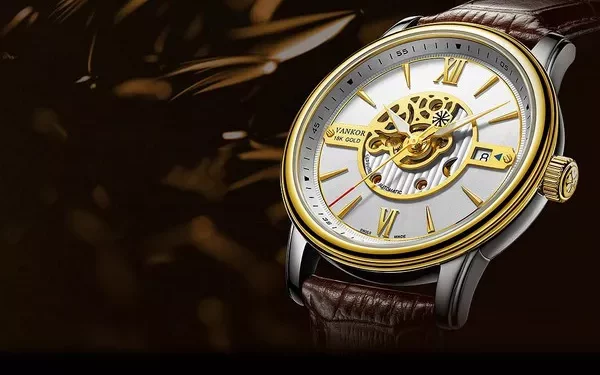Automatic movement, also known as self-winding movement, is a type of mechanical movement used in wristwatches that allows the watch to run continuously without the need for winding by the wearer.
The fundamental principle of automatic movement is based on the movement of the wearer’s arm, which causes a rotor, a metal weight attached to the movement, to rotate. This rotor is connected to a winding mechanism that winds the watch’s mainspring, which stores the energy required to power the watch.
As the wearer moves their arm, the rotor turns, and the winding mechanism begins to store energy in the mainspring. Once the mainspring is fully wound, it can release energy and power the watch’s movement for a certain period, usually between 24 and 72 hours, depending on the watch’s design and movement.
Automatic movements are highly valued by watch enthusiasts for their craftsmanship, reliability, and accuracy. They are often found in luxury watches and are considered a sign of high quality and precision.
One of the significant advantages of automatic movements is their convenience. Unlike manual winding watches, which require frequent winding to keep the watch running, automatic movements can run for several days without the need for winding, making them an excellent choice for everyday wear.
Automatic movements are also more durable and require less maintenance than quartz movements, which rely on batteries and electronic circuits to keep time. They are less susceptible to electronic failures and can be repaired by a skilled watchmaker.
In summary, automatic movement is a type of mechanical movement used in wristwatches that utilizes the wearer’s arm movements to wind the watch’s mainspring, which powers the watch’s movement. Automatic movements are highly valued for their craftsmanship, convenience, and reliability, making them an excellent choice for everyday wear and a sign of high-quality watchmaking.







































